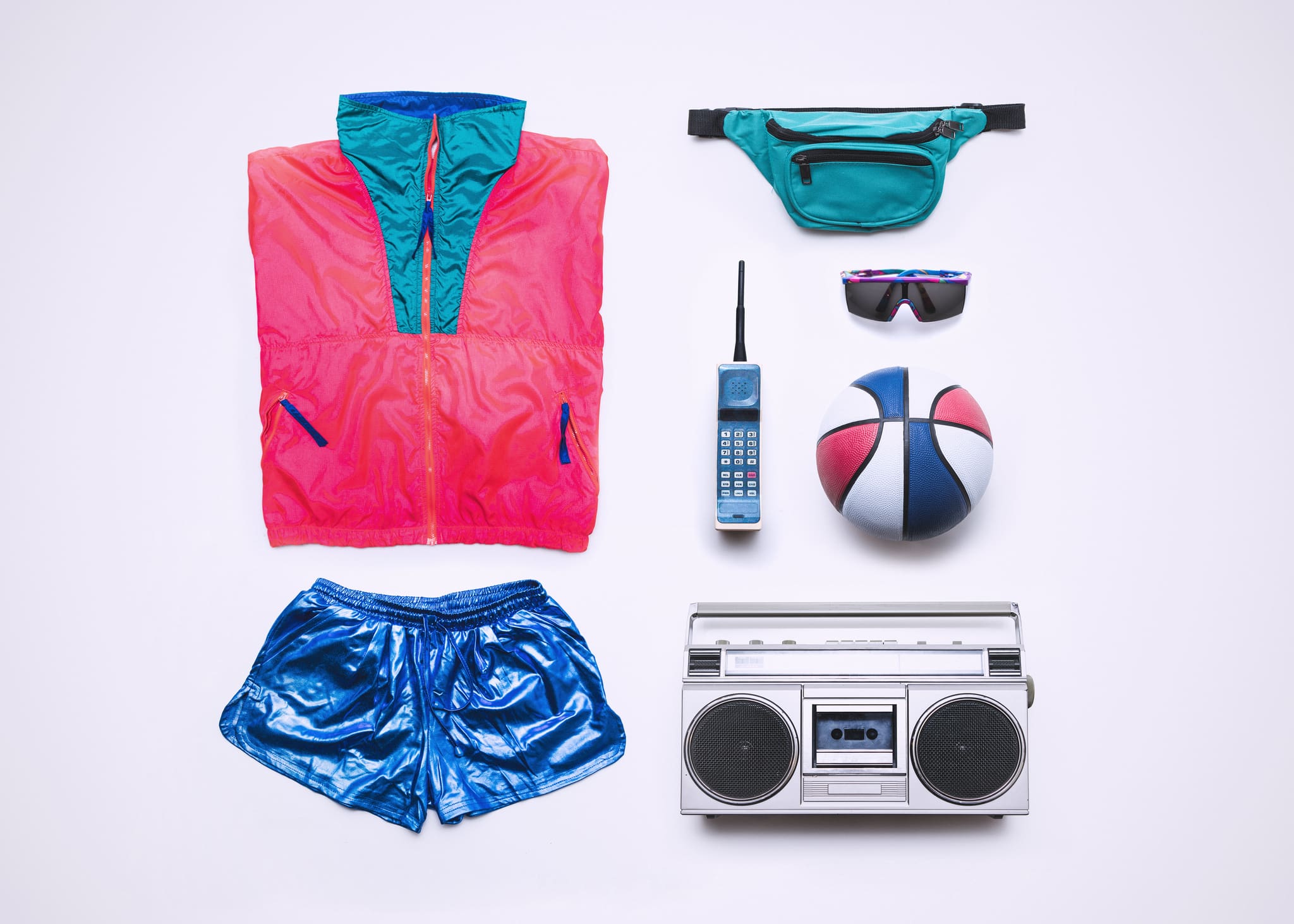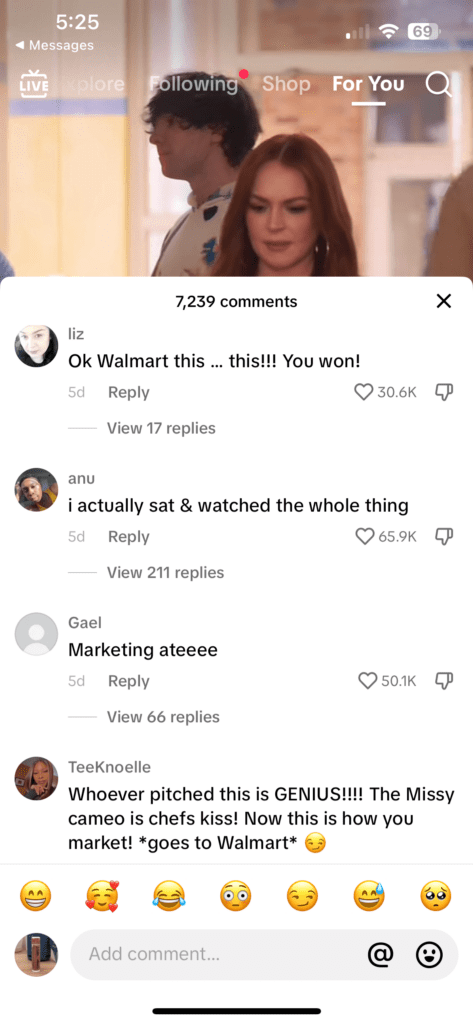Embracing Nostalgia as the Key Branding Trend of 2024

Trends come and go in the ever-evolving marketing landscape, but some stand the test of time. As we step into the future, it seems we are taking a step back in time. Nostalgia, once a subtle undertone in marketing, is now taking center stage as the key branding trend of 2024. The emotional pull of the past has become a powerful tool for companies looking for ways to connect with consumers.
The Emergence of Nostalgia Marketing
Nostalgia marketing, or the art of using past elements to evoke positive emotions and connect with consumers, has quietly gained momentum over the past few years. Brands have realized that tapping into the collective nostalgia of their target audience can create a sense of familiarity and trust, ultimately driving customer loyalty. Whether it’s bringing back a discontinued product, reviving a classic ad campaign, or incorporating retro design elements, businesses are finding innovative ways to leverage the power of the past.
Why Nostalgia Will Be a Key Branding Trend in 2024
A few factors contribute to the growing influence of nostalgia in branding, making it a trend that is likely to dominate the marketing landscape in 2024.
- Emotional Connection: Nostalgia creates a powerful emotional connection with consumers, fostering a sense of familiarity and trust. In a world inundated with new products and constant innovation, brands that can tap into this emotional reservoir have a distinct advantage in building lasting relationships with their audience.
- Escape from Digital Overload: The digital age has brought unprecedented convenience but also a sense of detachment. Nostalgia provides a retreat from the constant influx of information and a return to simpler times. Brands that offer a nostalgic escape provide consumers with a welcome reprieve from the fast-paced nature of modern life.
- Storytelling Opportunities: Nostalgia opens the door to compelling storytelling. By revisiting the past, brands can share their journey, evolution, and commitment to values that have stood the test of time. This narrative creates a more profound connection with consumers who appreciate the brand’s authenticity and longevity.
Examples of Nostalgia in Advertising
Several brands have successfully embraced nostalgia in their advertising strategies, resonating with consumers on a deep emotional level. Here are a few notable examples:
Walmart’s Mean Girls Reunion
One example is Walmart’s Black Friday ad. Walmart revisited the early 2000s and brought all the main actors, minus Rachel McAdams and Lizzy Caplan, from the movie Mean Girls, along with American rapper and singer-songwriter Missy Elliot, whose single “Pass That Dutch” was featured in the film. The ad follows the same storytelling narrative as the original Mean Girls trailer and hits all the main scenes people love from this 2000s classic. While most TikTok ads have low engagement, Walmart’s TikTok ad got 498.1k likes, 14.9k shares, and 7,231 comments that reined approval. Not only did this ad get support from hard-to-reach Gen Zers, but it also played on the nostalgic themes of the movie — this time for Black Friday Deals.

Hershey’s Holiday Classic
Another brand that has been pioneering nostalgia marketing is Hershey’s Kisses and its Jingle Bell commercial. Hershey’s has run this ad every year since 1989, which means it has become a holiday classic. Chocolate kisses have become synonymous with holiday baking and the warm and fuzzies that come with the season.

Fortnite OG
Fortnite connects with longtime fans in the gaming world by launching “Fortnite OG,” with battles, weapons, and vehicles from Royale’s past. When the game was released in 2017, the game took over pop culture. Six years later, Fortnite is revisiting those days by bringing back a fan-favorite map, vehicles, weapons, and more for one month, which has paid dividends for the game. In early November, Fortnite broke its record for most total players at 44.7 million, the highest in its six-year existence. The nostalgia from its glory days has seen the game have a renaissance, bringing old and new players alike together for the first time.

Home Alone with Google
Though an older ad, Google’s “Home Alone Again with the Google Assistant” ad brought actor Macaulay Culkin back to show off Google Smart home features. The actor reenacted classic scenes and hit all the right notes in reaching the many people who call this movie their favorite Christmas movie.

Closing Thoughts
As we enter 2024, the allure of the past is proving to be a potent force in shaping marketing strategies. Nostalgia marketing is not just a fleeting trend but a fundamental shift in how brands connect with their audience. By embracing the warmth of the past, businesses are not only inviting consumers on a journey down memory lane but are also forging a path toward a future where authenticity and emotional connection reign supreme.





